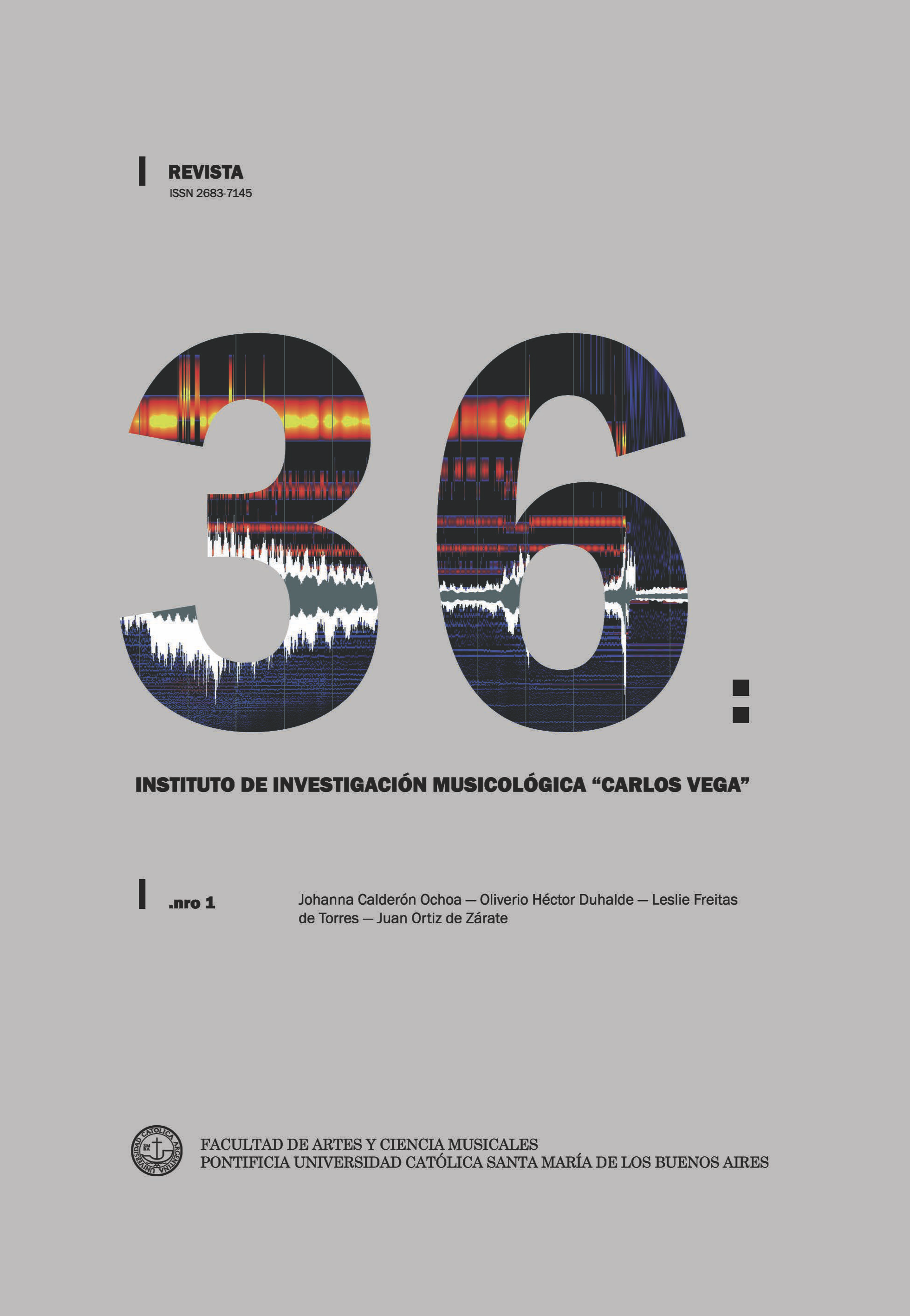György Ligeti. Between tradition and renovation
Keywords:
Historical Models, Avant-Garde, Tradition, Post SerialismAbstract
This work seeks to delve into the tensions that occurred between tradition and renewal in the heroic avant-garde era of the second postwar period, and in the first generation of the post-serialists. In particular focused on the figure of György Ligeti, a composer in whom this tension is especially reflected. The hypothesis that we are trying to demonstrate is the following. Although in their statements the young revolutionaries, in a mainly ideological position, proclaimed the total renewal of the musical language, deep down they did not manage to completely detach themselves from the tradition. In the case of Ligeti, despite the apparent avant-garde of his music, belonging to his second compositional period, this composer maintained strong ties with tradition in his production. The historical models of musical creation that seemed to have been put aside in this period, in truth remained, underground, but very current.
Downloads
References
Adorno, Th. W. (2006). Escritos Musicales I – III. Obra Completa. Madrid. AKAL.
Boulez, P. (1963). Penser la musique aujourd’hui. Paris. Gallimard.
Boulez, P. (1989). Jalons (pour une décenie). Paris. Christian Bourgeois Éditeur.
Boulez, P. (2012) Conferencia de agradecimiento al Premio Fundación BBVA Fronteras del conocimiento https://www.youtube.com/watch?v=iDFmQ5RUTVM&t=77s (Última visita, 23/07/21).
Cambouropoulos, E. y Tsougras, C. (2009). Auditory Streams in Ligeti's Continuum: A Theoretical and Perceptual Approach. Journal of interdisciplinary music studies. Turkey-Online edition http://www.musicstudies.org
Dahlhaus, C. (2004). Essais sur la Nouvelle Musique. Genève. Éditions Contrechamps.
Edwards, P. (2015). Convergences and discord in the correspondence between Ligeti and Adorno. Music & Letters, Vol. 96 No. 2
Feldman, M. (1998). Écrits et paroles. Paris. L’Harmattan.
Fessel, P. (2007). Forma y concreción textural en Apparitions (1958/59) de György Ligeti. Revista del Instituto Superior de Música - Núm. 11.
Iddon, M. (2013). New Music at Darmstadt. Nono, Stockhausen, Cage, and Boulez. New York. Cambridge University Press
Kagel, M. 1(975). Tamtam-Dialoge und Monologe zur Musik. München. R.Piper & Co. Verlag.
Lachenmann, H. (1996). Musik als existentielle Erfahrung. Wiesbaden. Breitkopf & Härtel.
Levy, B. R. (2017). Metamorphosis in Music: The Compositions of György Ligeti in the 1950s and 1960s. Oxford. Oxford University Press.
Ligeti, G. (2007). György Ligeti Gesammelte Schriften. Bände I und II. Lichtenfeld, Monika (editora) Mainz. Schott Music GmbH & Co. KG – Paul Sacher Stiftung (Basel).
Michel, P. (1985). György Ligeti Compositeur d’aujourd’hui. Paris. Éditions Minerve.
Nordwall, O. (1971). György Ligeti Eine Monographie. Mainz. B. Schott’s Söhne.
Nordwall, O. (2001). Ligeti’s Harpsichord. Contemporary Music Review. Vol. 20, Part 1, pp. 71-78.
Nono, L. (2007). Luigi Nono – Écrits. Genève. Éditions Contrechamps.
Petersen, P. (2008). Jede zeitliche Folge von Tönen, Klängen, musikalischen Gestalten« hat Rhythmus.Über die Rhythmik in Ligetis Cembalostück Continuum. Internetveröffentlichung auf www.saitenspiel.org
Piencikowski, R. (1987). Les points sur les i – Le Concerto de Chambre de Ligeti.
Harmoniques – Musiques, Identités. IRCAM. Paris. Christian Bourgeois Éditeur.
Stockhausen, K. (1963) Texte zur elektronischen und instrumentalen Musik. Band 1. Köln. Verlag DuMont Schauberg.
Internationale Ferienkurse für NeueMusik. (1973). Mainz. B. Schott’s Söhne.
Varnai, P., Hausler, J., Samuel, C. y Ligeti, G. (1984). Ligeti in Conversation with Peter Varnai, Josef Hausler, Claude Samuel and Himself. Boston. Da Capo Press.
Boulez, P. (1984). Puntos de referencia. Barcelona. Editorial Gedisa.
Downloads
Published
How to Cite
Issue
Section
License
Copyright (c) 2022 Juan Ortiz de Zárate

This work is licensed under a Creative Commons Attribution-NonCommercial-ShareAlike 4.0 International License.





 e-ISSN 2683-7145 | ISSN 1515-050X
e-ISSN 2683-7145 | ISSN 1515-050X